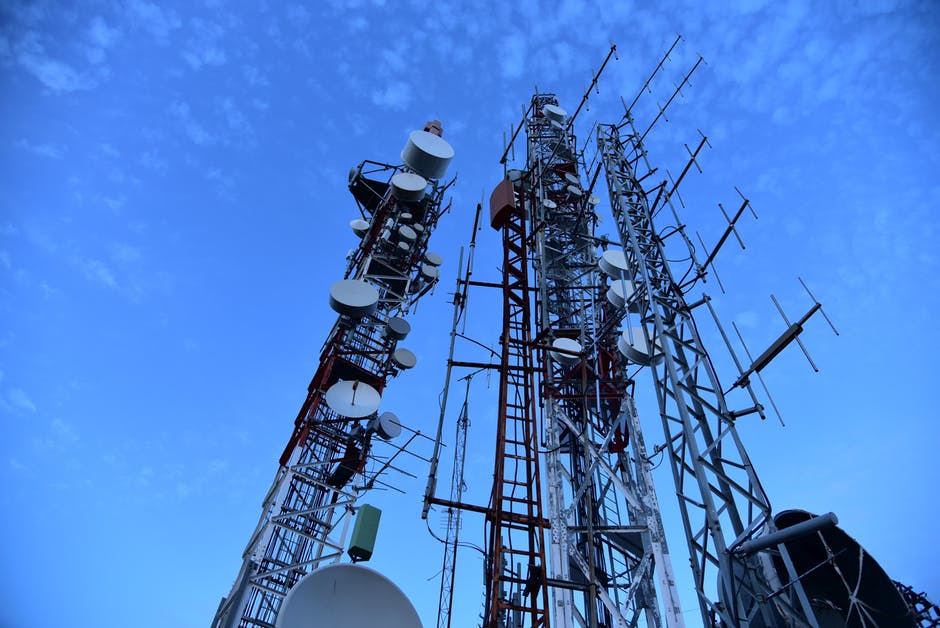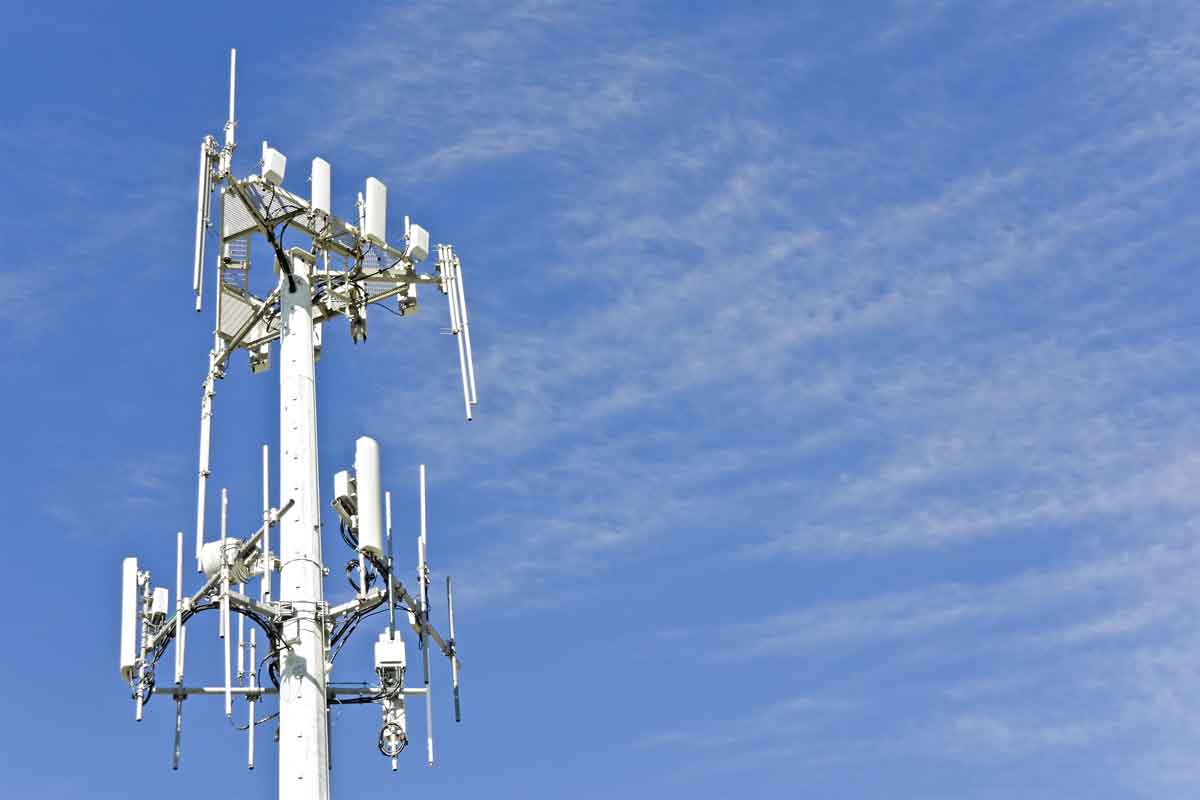Mobile communication services are provided by cell phone towers. what is a safe distance from a 5g cell tower , mobile phone antennae, and utility poles are normal locations for these towers.
Cell phone tower radiation is normally highest within 50 meters of the antenna and gradually declines beyond that. Due to this fact, it's critical to preserve your distance from a 5G cell tower.
1. The Tower's Height
The brand new 5G technology uses higher frequencies than earlier generations, and these higher frequency waves have a more difficult time passing past obstructions. This implies that a large number of smaller towers, referred to as tiny cells, will need to be constructed in towns and communities around the world. These small antennas will undoubtedly be significantly closer together than regular cell towers, producing a never-ending flood of RF radiation for everyone in the vicinity.

Many individuals are concerned about the safety of these new tiny cell antennas. They are concerned that living near them may raise their chances of developing cancer or other health issues. These concerns, however, are baseless. These antennas emit hundreds of times less RF (radio-frequency) radiation than is considered safe. Furthermore, research has shown that residing near cell towers does not raise the risk of sickness.
A typical cell tower's range is someone to three miles. The sort of equipment utilized on the tower and the landscape it covers influence its range. The number is normally between 0.25 and 1 mile in cities.
2. The Signal's Frequency
Cell towers generate potentially hazardous Radio Frequency Radiation (RF). This RF radiation may enter the human body and create health issues including nausea, headaches, and also cancer.
Cellular towers deliver data and audio across an easy selection of frequencies. The coverage radius of low frequency transmissions, such as for example 600 MHz and 700 MHz, is larger than that of higher frequency broadcasts. A cell tower employing 2.5 GHz frequencies, for example, may cover a radius of 3 miles or more. A cell tower employing C-band (3.5 GHz) frequencies, on the other hand, can only broadcast its signal for roughly 1 mile.
Companies must put additional cells in urban centers to boost the efficacy of cellular networks. To get safe distance from 5g tower done, additional cell towers must be built and placed closer together. As a consequence, the radius of cell towers has gradually shortened over time. Currently, most cell towers in metropolitan contexts are 0.25 mile to 1 1 mile apart.
It has raised worries about 5G since it would want additional cell sites. Furthermore, some individuals are concerned these cell sites will be useful to spy on residents. Some believe that with installing 5G, phony cell towers referred to as stingrays would spread. These stingrays emit signals to cell phones, which might identify and monitor the user's position.
3. The Signal's Strength
The energy of the signal is really a measurement of just how much energy the signal transmits. The higher the power, the higher how much energy communicated. The power of the signal can be determined by the frequency of the transmission in addition to the length of time the signal is sent.
Many individuals come to mind about the threats to their health, privacy, and security posed by 5G mobile towers. They are also afraid that the towers would decrease the value of their properties. Some localities are even wanting to outright prohibit the installation of these cell towers.
A number of the concerns about 5G stem from the truth that it consumes substantially more power than earlier wireless technologies. This implies that the towers have a greater capacity release a radiation. Additionally, there are fears that the towers' radiation would create medical issues such as for example cancer and heart disease.
These concerns, however, are baseless. RF radiation levels from 5G towers have been within studies to be hundreds or even thousands of times less than safety requirements. Furthermore, cell tower radiation is not absorbed by living tissue and cannot reach the body. Furthermore, how far from 5g tower is safe of signals from 5G towers are shorter than those of prior mobile phone technologies. This implies they can only travel limited distances and that cell towers should be closer together than in previous generations.
4. THE LENGTH Between You and the Tower

There is fear that whenever the cellular network converts to 5G, additional cell towers will undoubtedly be required. what is a safe distance from a 5g cell tower is due to the 5G network will utilize higher frequencies, which have a tougher difficulty traveling over long distances and around barriers like trees, buildings, and hills. As a result, cell towers should be significantly closer together than in prior generations of technology, implying that more transmitters surround you constantly.
The issue is that many individuals mix up tiny cells with 5G cell towers. Small cells are antennas that function in tandem with giant macro-towers to generate wireless networks, plus they are often mounted to utility poles or light poles. They aren't called cellular phone towers, but because of the closeness to homes and businesses, some people mistakenly associate them with 5G technology.
Cell phone radiation is highest in the first half of the tower's radius and diminishes as you leave from it. In accordance with research, some individuals who reside near a cellular phone tower have bodily discomforts such as headaches and indigestion. For five years, one research in Germany studied individuals living near 400 meters of two cellular phone towers. They found that individuals who lived closest to the tower were 3 x more prone to be identified as having cancer than those who lived farther away.
